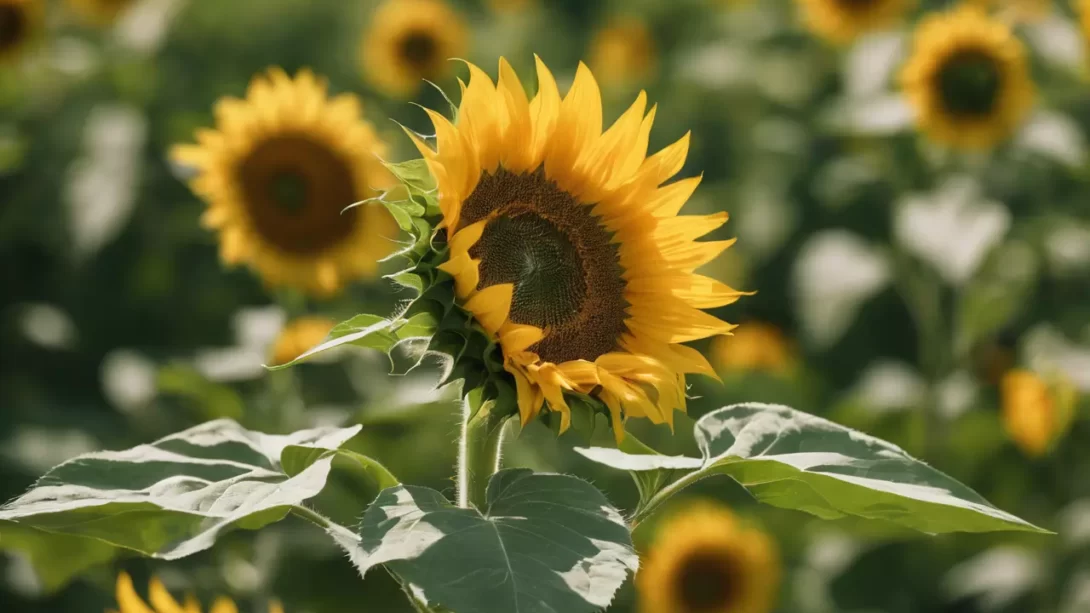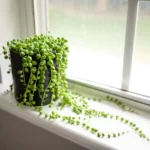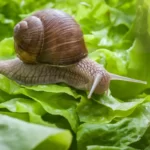Sunflowers, with their striking appearance and large, vibrant blooms, are a favorite in many gardens. However, these beautiful plants can attract a range of animals and insects, some of which feed on their leaves. Understanding what eats sunflower leaves is crucial for gardeners looking to protect these plants and ensure their healthy growth.
Sunflowers in the Ecosystem
In the ecosystem, sunflowers play a significant role. They are not only visually appealing but also serve as a source of food and shelter for various species. Sunflowers attract a diversity of wildlife, some beneficial for pollination and others that see the plant as a food source. The large leaves of sunflowers are particularly attractive to certain pests and critters, which can sometimes lead to extensive damage.
Common Insects That Feed on Sunflower Leaves
Caterpillars and Larvae
Among the most common pests on sunflower leaves are caterpillars and larvae. These include the larvae of the sunflower moth, which are known to cause damage to sunflower crops. These caterpillars typically feed on the undersides of leaves, leaving behind a trail of holes and sometimes causing the leaves to wilt or die.
Beetles
Various types of beetles also pose a threat to sunflower leaves. The sunflower beetle, in particular, is known for its affinity for sunflowers, feeding on both the leaves and the flowers. Another common pest is the Japanese beetle, which feeds on the leaves, often skeletonizing them and leaving behind a lacy appearance.
Aphids
Aphids are small, sap-sucking insects that can infest sunflower plants. They tend to cluster on the undersides of leaves and along stems, extracting nutrients from the plant. Aphid infestations can lead to curled or distorted leaves and can also promote the growth of sooty mold due to the honeydew they excrete.
Animals That Eat Sunflower Leaves
While insects are common pests for sunflower leaves, several larger animals also pose a threat to these plants.
Birds
Certain bird species may feed on sunflower leaves, especially in situations where their preferred food sources are limited. While birds are more commonly known for eating sunflower seeds, some species may peck at the leaves, causing holes or tears. Birds like finches and sparrows might be observed nibbling on sunflower leaves, although this is less common than seed consumption.
Mammals
Mammals such as deer and rabbits are known to feed on sunflower leaves as well. Deer can cause significant damage to sunflower plants, often eating the leaves and the tops of the plants. Rabbits may also chew on the lower leaves of sunflowers, especially young, tender plants. The presence of these mammals in a garden can quickly lead to visible damage on sunflower plants.
Preventative Measures and Control
To protect sunflowers from pests and critters, several preventative measures can be taken:
- Physical Barriers: Fencing can be an effective way to keep deer and rabbits away from sunflowers. Bird netting may also deter birds from accessing the plants.
- Natural Repellents: Using natural repellents like garlic spray or pepper spray can help deter animals and insects from feeding on sunflower leaves.
- Garden Hygiene: Keeping the garden clean and free of debris can reduce the likelihood of pests. Removing any infested leaves or plants promptly can prevent the spread of insects.
Additionally, encouraging natural predators of these pests, such as ladybugs for aphids or birds of prey for rodents, can help maintain a balanced ecosystem in your garden.
Conclusion
Sunflower plants, with their bold and cheerful presence, are a delightful addition to any garden. However, their large, nutrient-rich leaves can attract a variety of insects and animals. From caterpillars, beetles, and aphids to larger creatures like birds, deer, and rabbits, sunflowers can face several threats from different corners of the ecosystem.
Understanding the types of pests that are drawn to sunflower leaves is crucial for effective garden management. Each pest brings its own challenges, and identifying the signs of their presence early on can make a significant difference in the health of the sunflower plants. Implementing proactive measures, such as physical barriers for larger animals and natural repellents for insects, can help protect these plants from potential damage.
Additionally, maintaining a clean and well-monitored garden can prevent the escalation of infestations. Encouraging natural predators and creating a balanced ecosystem in your garden not only aids in controlling pests but also promotes biodiversity and the health of various garden inhabitants.
In summary, while sunflowers may attract a range of leaf-eating pests, with the right knowledge and strategies, it is possible to manage these challenges effectively. By doing so, gardeners can continue to enjoy the vibrant beauty and ecological benefits that sunflower plants bring to their outdoor spaces.




